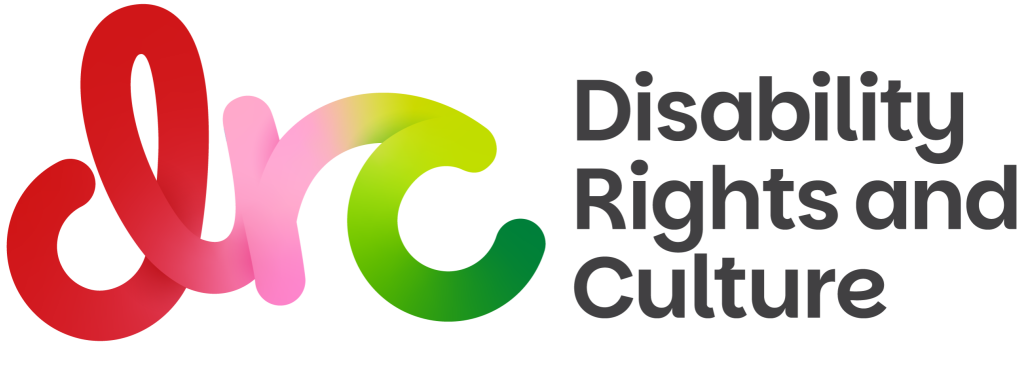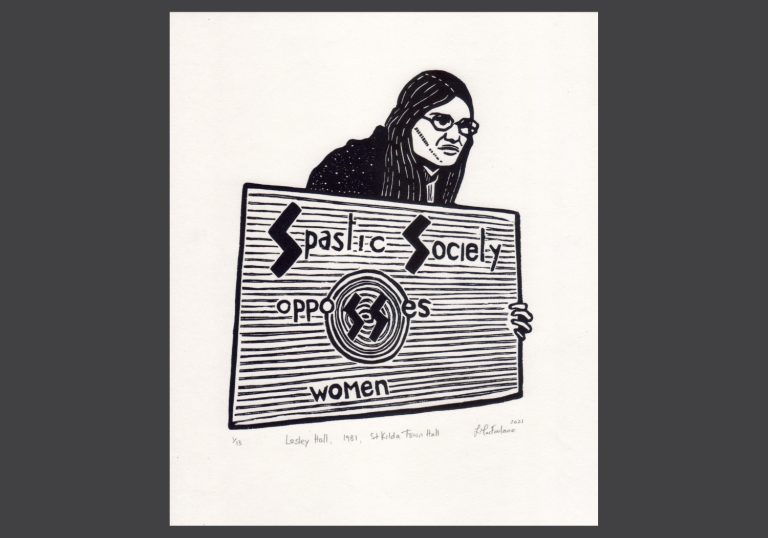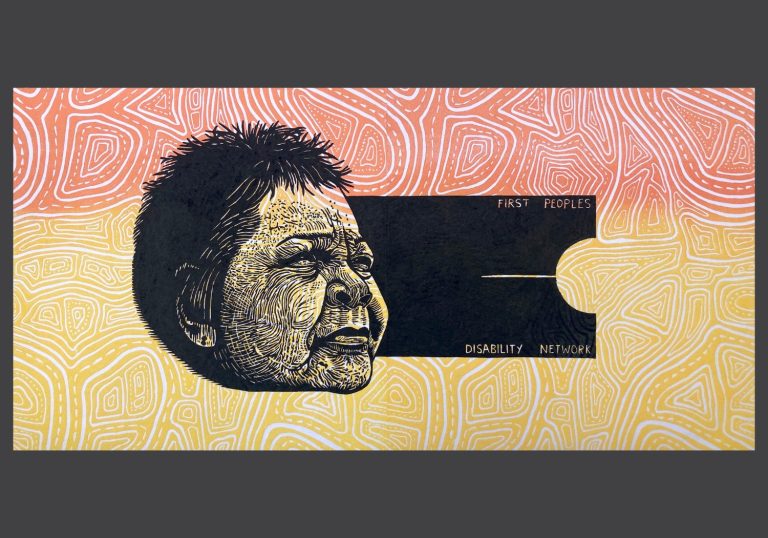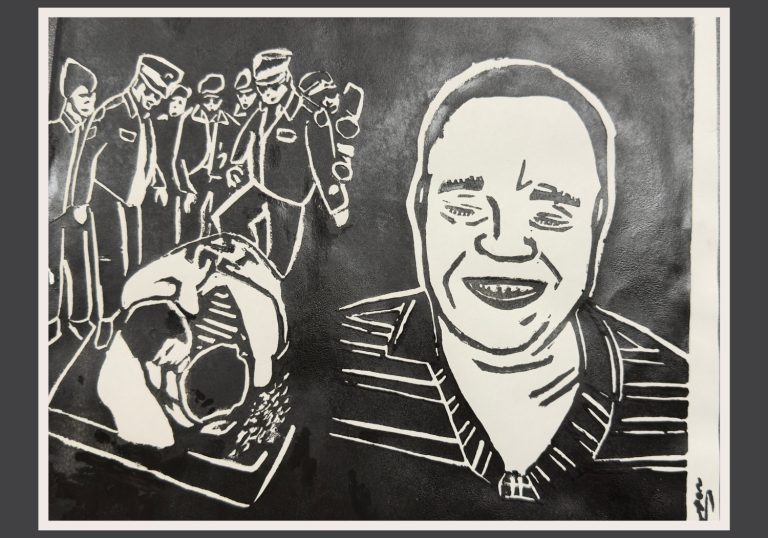Why Our Elders and Forbears Matter
The disability rights movement stands on the shoulders of those who came before us. Our elders and forbears are the ones who challenged injustice, created space for our voices, and imagined new ways of living, organising and resisting.
They lived through times when speaking up was dangerous, when support was scarce, and when the world was even less accessible than it is today. Their determination, creativity and refusal to be silenced helped build the foundations of the movement we continue today.
Honouring our elders means listening to their stories, learning from their strategies, and recognising that the fight for justice and pride didn’t start with us—and won’t end with us either. We carry their legacy forward every time we take action, speak out, or support one another
From the Disability Pride month of July 2025 we are building an online gallery of elders and forebears, including reflections by community members on their role within the Disability Movement.





